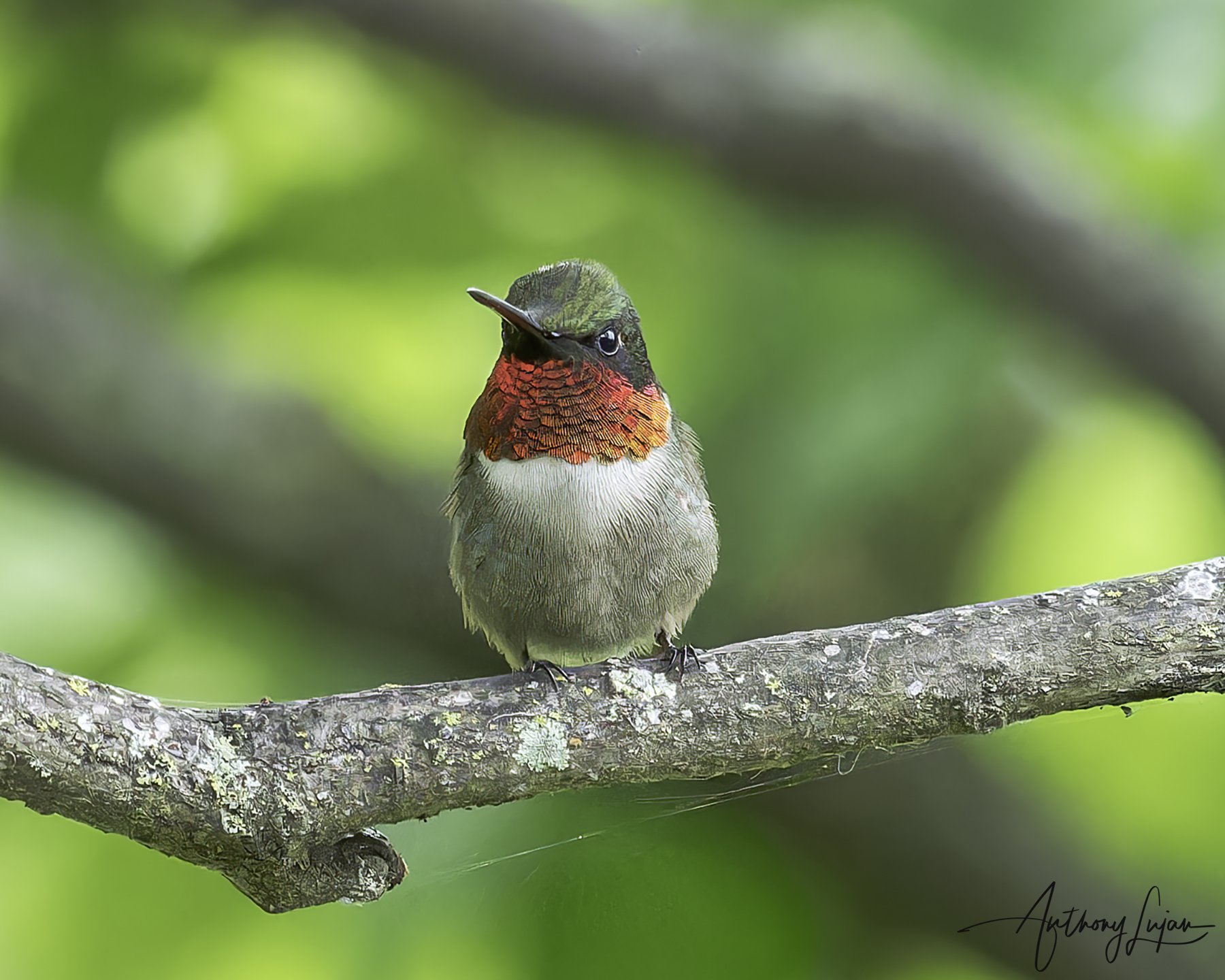Winter Destinations for Hummingbirds: Migration Patterns and Habitats
Introduction
Hummingbirds are known for their incredible migrations, traveling vast distances to find suitable climates. But where do these tiny birds go during the winter months?
Migration Patterns
North American Hummingbirds Many hummingbirds migrate south to Central America, Mexico, and the Caribbean. They leave as the weather cools and food sources diminish.
Species-Specific Routes
Ruby-throated Hummingbirds: Travel from the eastern U.S. to Central America.
Rufous Hummingbirds: Migrate from the Pacific Northwest to Mexico.
Overwintering Locations
Mexico and Central America These regions offer abundant food sources and milder climates, ideal for overwintering hummingbirds.
Year-Round Residents Some species, like Anna's Hummingbird, remain in the U.S. year-round, particularly in coastal California, where the climate is temperate.
Adaptations for Survival
Energy Conservation Hummingbirds enter a state of torpor, significantly lowering their metabolism to conserve energy during cold nights.
Feeding Strategies In wintering grounds, they rely on a variety of nectar sources, insects, and even feeders provided by humans to maintain their energy levels.
Conclusion
Understanding the winter migration and overwintering habits of hummingbirds can help bird enthusiasts create supportive environments. Providing feeders and planting nectar-rich flowers can assist these fascinating birds during their migratory journeys.
Please note: The content provided on this blog is for educational purposes only and contains general information. For advice and guidance tailored to your specific region and circumstances, please consult with a professional.

